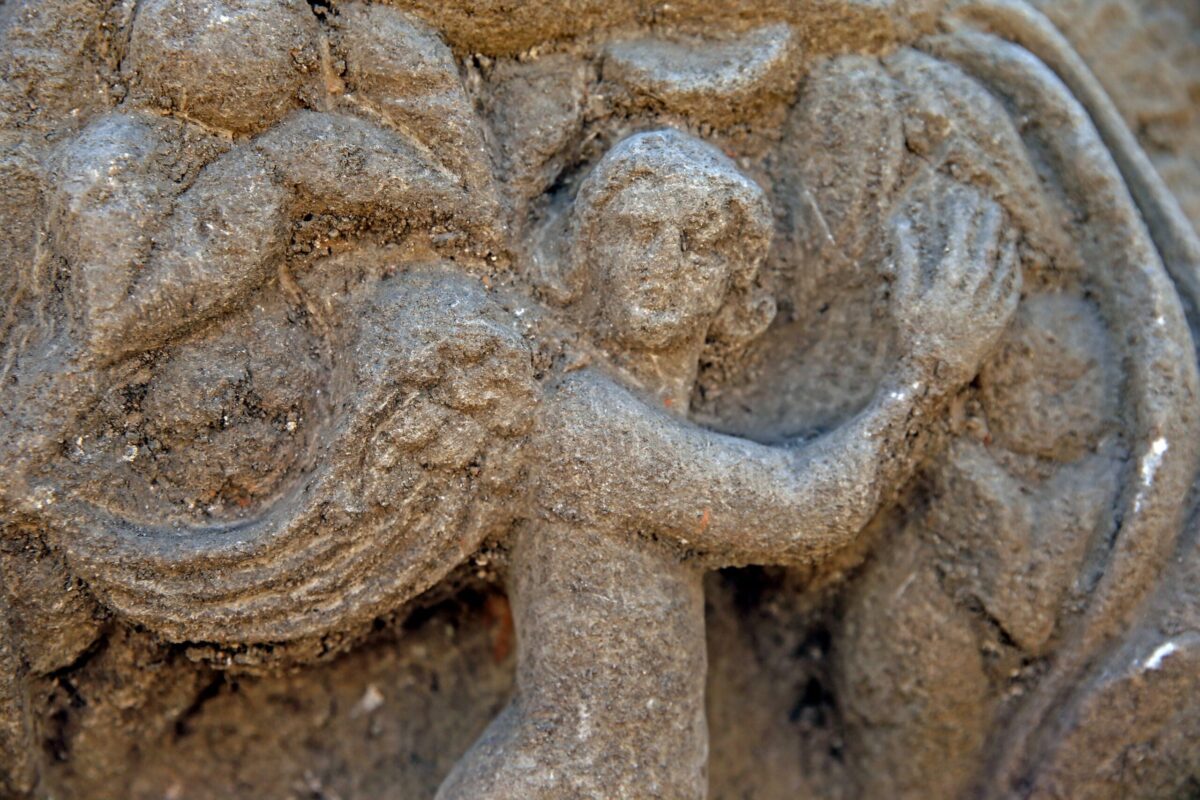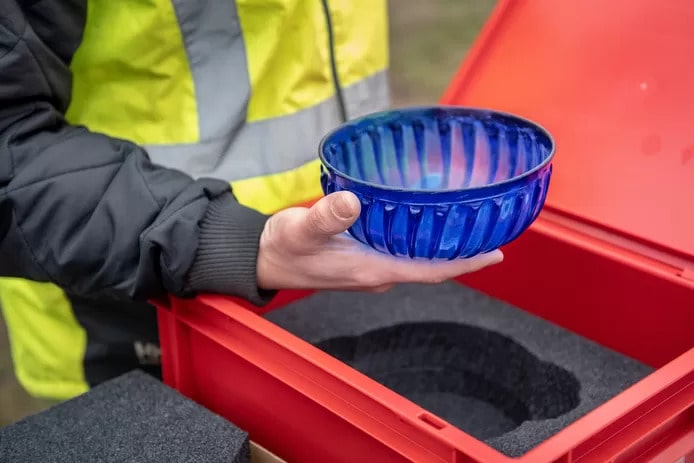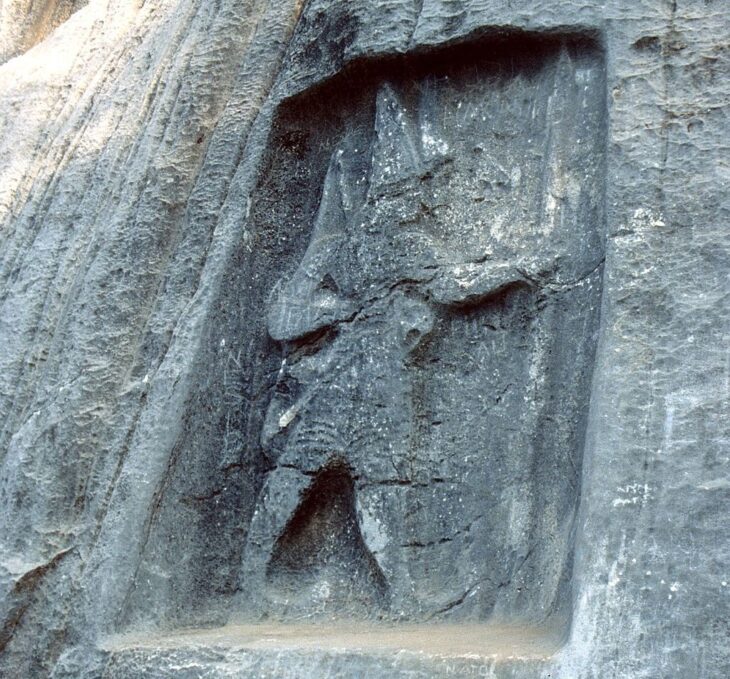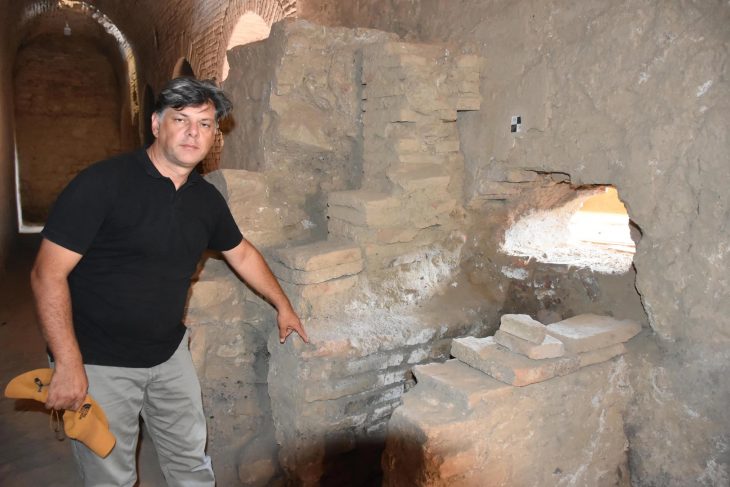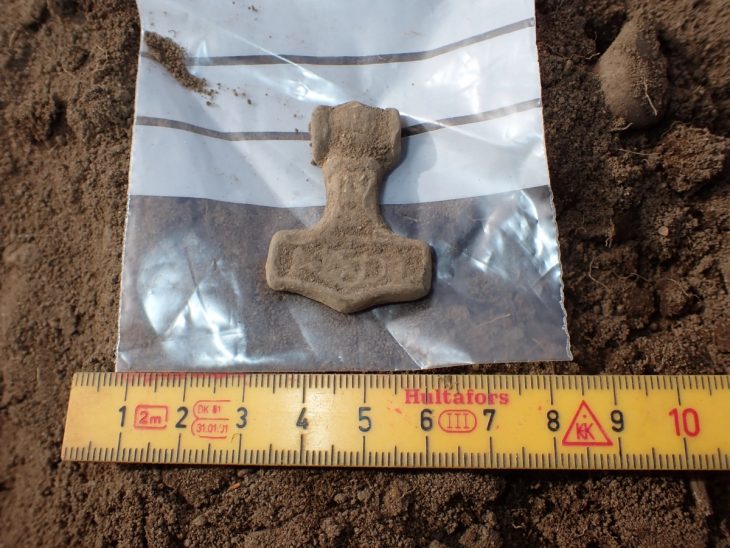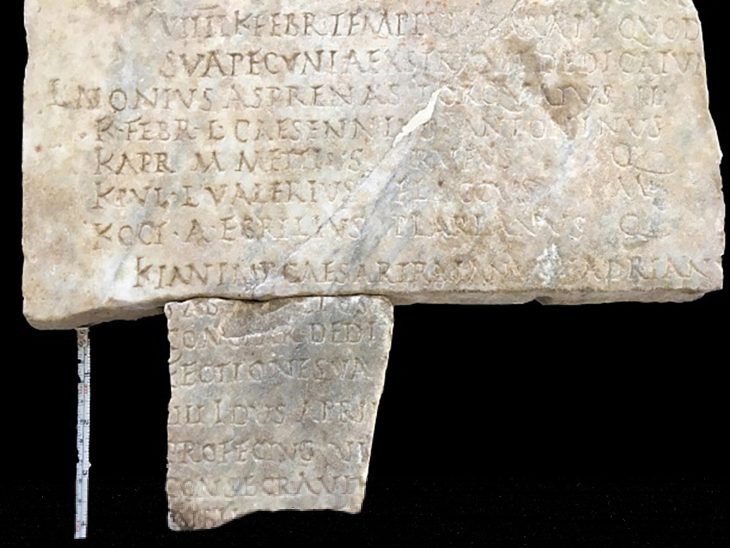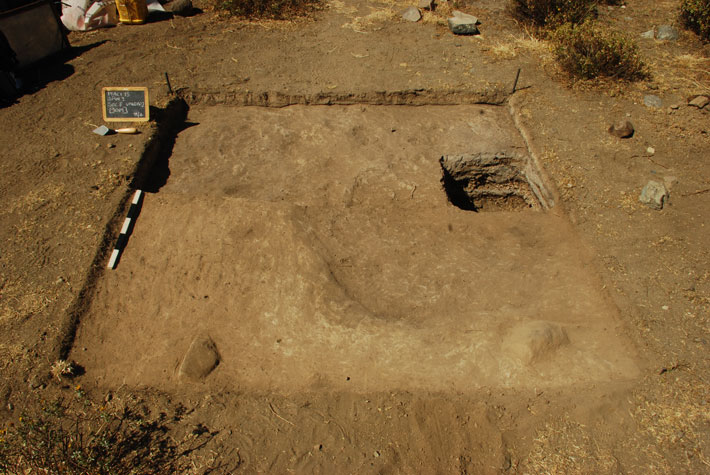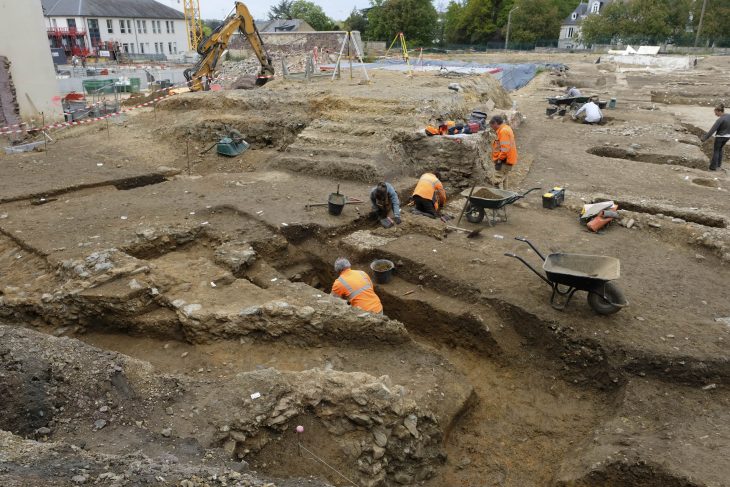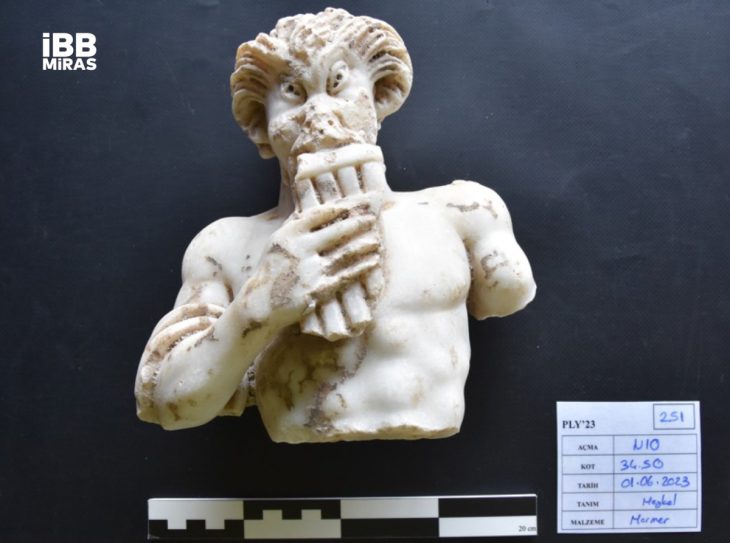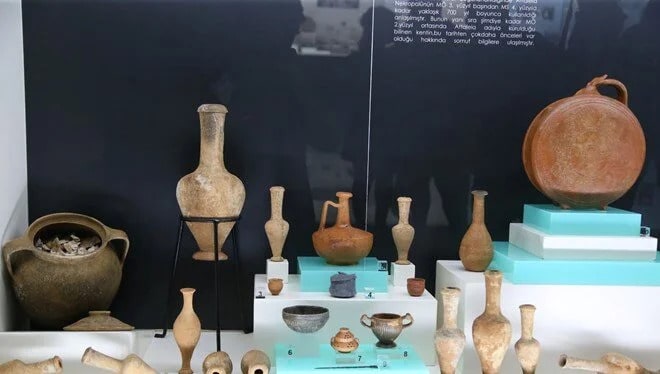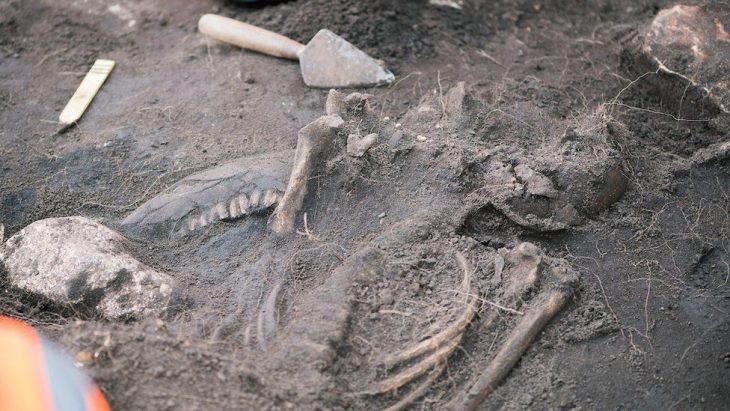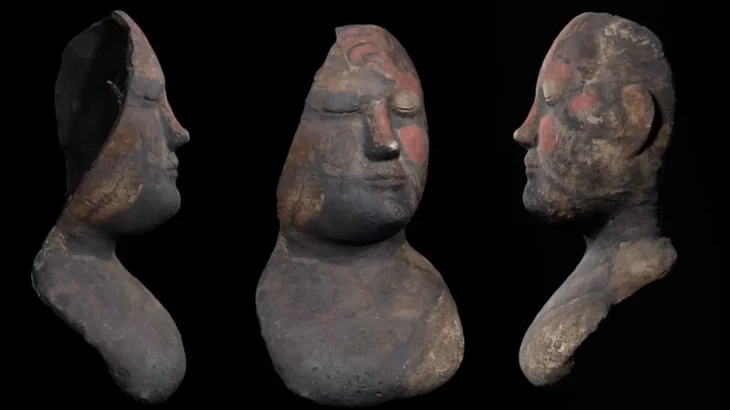A remarkably well-preserved, 2,000-year-old sarcophagus adorned with intricate garlands has been discovered during ongoing excavations in the ancient city of Stratonikeia, located in the Yatağan district of Muğla province in southwestern Türkiye. This site, known as the “City of Gladiators” and listed on UNESCO’s World Heritage Tentative List, is recognized as one of the largest marble cities in the world.
Stratonikeia earned its moniker, the “City of Gladiators,” due to the discovery of an extensive ancient stadium within its boundaries. This arena used to be the scene of some seriously intense gladiatorial combat, drawing crowds from all over the place. Plus, they’ve dug up tons of inscriptions and archaeological stuff related to these fights. So, basically, this city was a real hub for those famous Roman gladiators. That’s why it totally earned that cool nickname!
Excavations at Stratonikeia have been ongoing since 1977, revealing significant artifacts from various historical periods, including the Hellenistic, Roman, Byzantine, Menteşe Beylik, Ottoman, and Republican eras. Professor Bilal Söğüt, head of the Stratonikeia and Lagina Excavation Team, shared insights into the latest find, which was discovered in the Agora—a central public space that served as a hub for political, religious, and commercial activities in ancient times.
Professor Bilal Söğüt, head of the Stratonikeia and Lagina Excavation Team, announced the discovery, stating that the sarcophagus was found in the Agora, the ancient city’s central public space used for political, religious, and commercial activities. The excavation in this area focuses on remains from the Late Antiquity period.
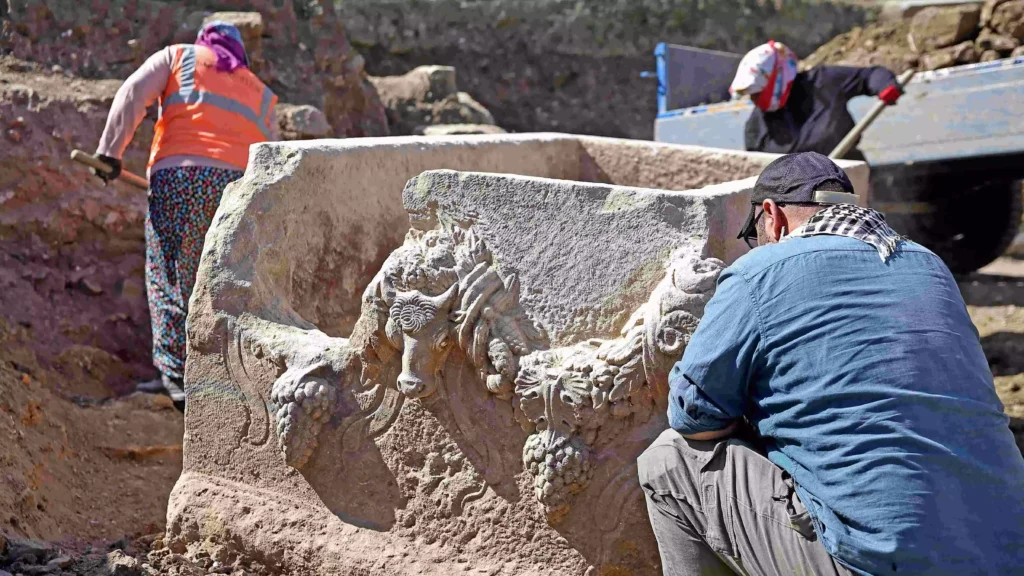
“During these excavations, we found a sarcophagus adorned with garlands – a wreath composed of fruits, flowers, and leaves – that had previously been relocated from the Necropolis [the city’s cemetery] and dates back approximately 2,000 years,” Professor Söğüt explained.
📣 Our WhatsApp channel is now LIVE! Stay up-to-date with the latest news and updates, just click here to follow us on WhatsApp and never miss a thing!!
He emphasized the exceptional quality of the newly unearthed sarcophagus, calling it “one of the finest examples in the ancient city’s sarcophagus collection.” Evidence suggests that Stratonikeia was not only a production center for these elaborate stone coffins but also exported them to other regions.
The sarcophagus boasts detailed decorations, including ram heads at its corners and figures of Eros, the god of love, depicted as a child, along with bull heads adorning the central sections. “This sarcophagus is one of the best examples among garland-decorated pieces, both in terms of the variety of figures and the clarity with which we can date it. With this find, we now have the finest sarcophagus tub discovered in Stratonikeia,” Professor Söğüt noted.
The vividness of the carvings around the sarcophagus is striking. “It is possible to see all the wealth, grandeur, and splendor of 2,000 years ago reflected here,” said Professor Söğüt. “The plants, especially the garlands, are beautifully crafted and richly detailed. Around the corners, motifs of pinecones, vine and olive leaves, grapes, pomegranates, and poppies are depicted. Even just by looking at the ram heads on the corners, one can sense the richness and magnificence of the era. The bull heads on the narrow sides and central sections complete the set of intricate decorations.”
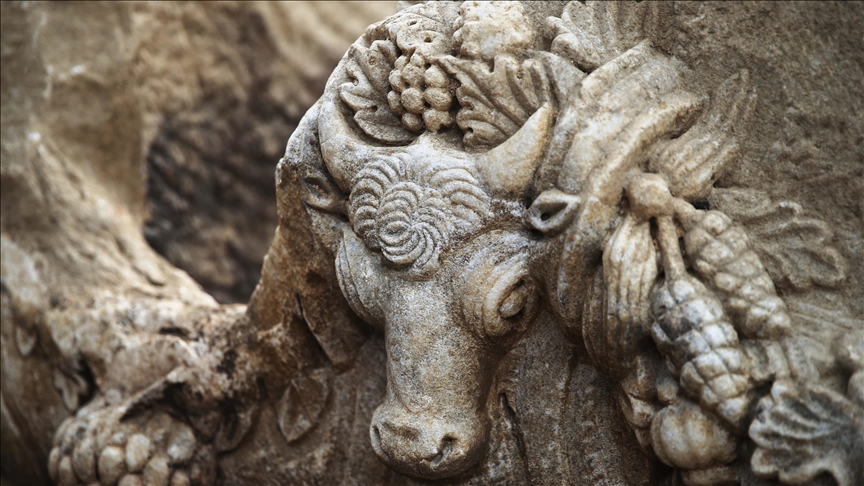
Professor Söğüt added that the newly discovered sarcophagus will be put on display alongside other similar artifacts in the ancient city, allowing visitors to witness this remarkable piece of history. He highlighted that ongoing excavation efforts in Stratonikeia continue to yield significant data, reinforcing its status as a “living archaeological site” with the potential for many more exciting discoveries.
Cover Image Credit: The sarcophagus features Eros heads, the Greek god of love, uncovered in the ancient city of Stratonikeia, Muğla, southwestern Türkiye. AA

